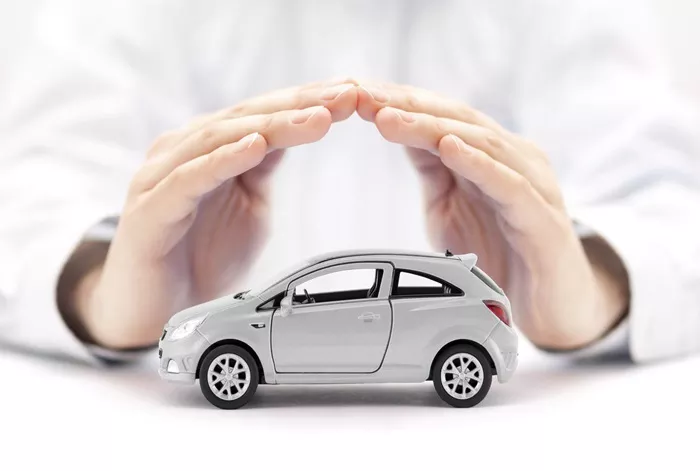Car insurance deductibles are a crucial aspect of your policy, affecting both your premium and out-of-pocket costs during a claim. Understanding how to find and interpret your deductible can save you time and money. This article will explore what a car insurance deductible is, how to determine your deductible, and the impact it has on your insurance policy.
What is a Car Insurance Deductible
A car insurance deductible is the amount you pay out of pocket before your insurance covers the rest of the claim. It is a form of cost-sharing between you and the insurance company. For instance, if you have a $500 deductible and your claim is $2,000, you pay $500 and the insurance company pays the remaining $1,500.
Types of Car Insurance Deductibles
Collision Deductible
The collision deductible applies when you file a claim for damage to your vehicle resulting from a collision with another car or object.
Comprehensive Deductible
The comprehensive deductible applies to non-collision-related claims, such as theft, vandalism, or natural disasters.
Uninsured/Underinsured Motorist Deductible
In some states, you may have a deductible for uninsured/underinsured motorist coverage. This applies when you are hit by a driver without insurance or with insufficient coverage.
Where to Find Your Car Insurance Deductible
Policy Declarations Page
Your policy declarations page, often the first page of your insurance policy, lists the details of your coverage, including your deductibles.
Insurance Card
In some cases, your insurance card may list your deductible, especially if your insurance provider issues detailed cards.
Online Account
Many insurance companies offer online accounts where you can log in and view your policy details, including your deductible amounts.
Contact Your Insurance Agent
If you are unsure where to find your deductible, contacting your insurance agent or customer service representative can provide you with the necessary information.
Understanding Your Policy Declarations Page
Coverage Details
The declarations page outlines all the coverages included in your policy, such as liability, collision, comprehensive, and personal injury protection.
Deductible Amounts
Each type of coverage that has a deductible will list the specific amount you are responsible for paying before insurance kicks in.
Policy Limits
In addition to deductibles, the declarations page will also show the limits of your coverage, which is the maximum amount your insurance will pay for a covered claim.
Impact of Deductibles on Your Premium
Higher Deductibles Lower Premiums
Choosing a higher deductible generally lowers your monthly or annual premium because you are assuming more risk.
Lower Deductibles Higher Premiums
Conversely, a lower deductible will increase your premium because the insurance company assumes more risk.
Balancing Risk and Cost
It’s important to balance the deductible amount with your ability to pay out-of-pocket costs in the event of a claim.
see also: The 8 Key Types of Car Insurance
Changing Your Deductible
Reviewing Your Options
Most insurance companies allow you to change your deductible amounts. Reviewing your financial situation and risk tolerance can help you decide if adjusting your deductible is beneficial.
Impact on Premium
Before making changes, ask your insurance provider how a different deductible will impact your premium.
Policy Adjustments
Changing your deductible may require signing a new policy agreement or making other adjustments to your coverage.
Real-World Examples
Minor Accident with High Deductible
Imagine you have a $1,000 collision deductible and are involved in a minor accident that causes $1,200 in damage. You will pay $1,000 out of pocket, and your insurance will cover the remaining $200.
Major Accident with Low Deductible
If you have a $250 collision deductible and are involved in a major accident resulting in $5,000 in damage, you will only pay $250 out of pocket, and your insurance will cover the remaining $4,750.
Comprehensive Claim Example
For a comprehensive claim, such as theft, if you have a $500 deductible and the stolen property is valued at $3,000, you will pay $500, and the insurance company will pay $2,500.
Deductibles and Claims
When to File a Claim
Assess the damage cost and compare it to your deductible. If the repair cost is close to or less than your deductible, it may not be worth filing a claim.
Multiple Claims
Filing multiple claims within a short period can increase your premiums. Consider your deductible and potential premium increase before filing a claim.
Claim Process
Understanding your deductible helps you navigate the claim process efficiently, knowing how much you will need to pay out of pocket.
FAQs
1. How can I find out my car insurance deductible if I lost my policy documents?
You can contact your insurance agent or customer service for assistance. Many insurers also offer online account access where you can view your policy details.
2. Can I change my deductible at any time?
Yes, most insurance companies allow you to change your deductible. However, it may affect your premium and require a new policy agreement.
3. Is it better to have a high or low deductible?
This depends on your financial situation and risk tolerance. A high deductible lowers your premium but increases out-of-pocket costs during a claim. A low deductible does the opposite.
4. Do deductibles apply to all types of claims?
Deductibles typically apply to collision and comprehensive claims. They may also apply to uninsured/underinsured motorist coverage in some states.
5. What happens if I can’t afford my deductible?
If you cannot afford your deductible, you will need to cover the cost before your insurance company pays the remaining amount. It’s crucial to choose a deductible you can comfortably pay in case of an emergency.



















